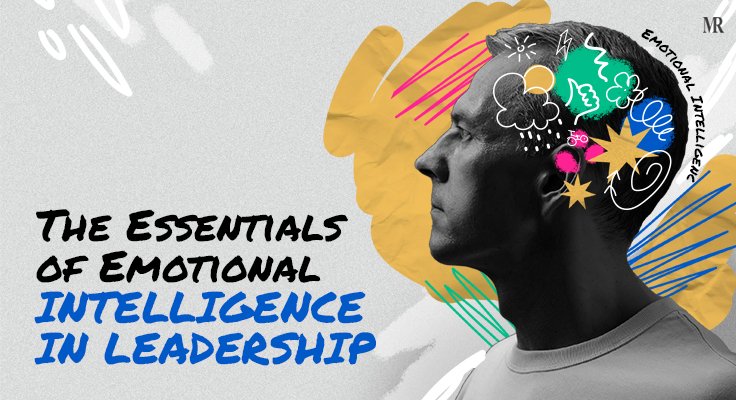At the intersection of a conventional past and a ‘smart’ future, the Energy and Utility (E&U) industry has been adequately lucrative in placing itself at an immense level of technology maturity. E&U companies have spent in alternative energy sources, switched to better infrastructure, and leveraged digital technologies, analytics, and the Internet of Things. These Companies have broadened their outlook on new revenue streams and tackled to improve costs through automation. The next level of transfiguration for the industry is aimed at providing enhanced customer experience and advancing operational efficiency costs in an eminently competitive landscape.
Let’s take a look at the top 7 Energy and Utility trends in 2020.
Digitized Field operations

Smartphones and tablets will propose field teams’ real-time data on locations, asset specification and performance data, work processes, and safety directions. Wearables and heads-up displays will allow to be more situationally conscious of high productivity. Drones will be deployed to assess pipelines and power assets. Data from drones will be consolidated with enterprise software platforms for automated work formation. This will guarantee speedier acknowledgments and minimal grid disorders. Automation and analytics will secure an ‘always on’ and real-time coordination of field operations with back-office data. Digitally entrusted workforce teams will execute administrative tasks ‘on-the-go’ to strengthen productivity and comprehend higher productivity in asset management.
Multiplying Personalized Interactions with customers

According to IDC prophecy, non-utility companies will digitally obstruct the landscape to seize 20 percent of the energy retail market. Rushed by isolationism and competition from products and services from energy retailers, E&U companies will seek to design better omnichannel customer experiences. Widening ‘retailization’ will initiate more consumer-utility connection in the parts of real-time billing and mobile payments, digital involvements, energy efficiency analysis, and home energy management. Utilities will wake up to consumers’ requirements for flexible choices in their usage of power with smart grids and smart meters. Interspersed solutions will be installed with mobile, social, and digital elements to upgrade the user experience. Better data quality and analytics platforms will entitle consumers with granular, precise, and real-time details of power usage to facilitate better utilization.
In brief, E&U companies will switch from supplying energy to enabling lifestyles. Back-office and operational systems will be organized to reconstruct customer touchpoints in the fields of payments and communication. Social media will play a dominant part in customer support, proactive communication, and precautionary alerts. Unified customer relationship management solutions will grant a slew of information about the customer that can be used to offer personalized services as one of the major aspects of upcoming Energy and Utility trends.
Prosumers giving rise to sharing economy

Describing the ‘uberization’ of the E&U industry, end-user who will design or personalize products to suit their needs (prosumers) will deliver a fully disruptive and asset-light business model into play. They will not only make more informed decisions about energy usage but will evolve into energy producers and storers as well. The energy prosumer will carry a consequential shift in the generation, distribution, utilization, and storage of energy, emerging in a shared flow of power. Prosumers will give a hike to the micro-market and transactive energy marketplace models.
In this ecosystem, individuals can administer energy transactions with one another. Distributed Energy Resources (DERs) such as solar panels, mini wind turbines, and compact natural gas generators will inspire the growth of prosumers. Through a partnership in the ‘smart grid’ and changing energy management practices, both prosumers and E&U organizations will maximize the return on their assets. Commercial organizations will increasingly compose independent subsidiaries to strengthen and control their DERs.
For example, Apple Energy is Apple Corporation’s wholly-owned subsidiary that ensures Apple facilities its power. They also take the excess power to the All-inclusive energy market.
Evolving Business Models for new Market realities

With the renewables market assessed to grow by 13 percent in the coming five years, E&U companies will scrutinize variegation into renewables as a means to both modernize and future-proof their business and profitability. Companies will progressively move away from the commodity-based model to ingenious pricing models for substitute energy generation sources, energy storage and monitoring, and data analytics. These will be achievable through alliances, acquisitions, and partnerships. They will also analyze asset-light business models that concentrate on product and service volumes to develop revenues and profits.
E&U companies have hovered at an exciting outset of opportunities, and the next few years will see the industry briskly adapt to innovative business models and technologies. They will discover new revenue streams and leverage the power of data to create a cognitive enterprise. They will innovate operating models and customer experiences, and expand effective cyber threat security solutions. By partnering with a domain, technology, and process professionals, they will elevate the required planning and roadmaps for inventive growth.
Endorsement of Electric Vehicles

The acceptance of electric vehicles has been progressively rising in the last few years and is set to continue. International Energy Agency data exhibit that the global electric vehicle fleet reached over 5.1 million in 2018 and is predicted to grow to approximately 130 million by 2030. Governments across the world are setting Electric Vehicle deployment objectives, inspiring industry stakeholders to invest across the Electric Vehicle supply chain. This market is also observing consolidation and this trend is anticipated to continue. Increasingly, power utilities are cooperating with Electric Vehicle manufacturers to encourage their offerings in areas such as Electric Vehicle charging, vehicle-to-grid services, energy storage, and renewable energy sources.
Grid Security on the Radar
The rise of smart grids appears with an inexorable increase of digital surface area and a higher susceptibility to cyber threats. Utilities’ strategic and operational surveillance will, therefore, assume critical importance at an enterprise level in the upcoming energy and utility trends. Compliance, IT, cybersecurity and physical security will progressively move instantly under enterprise risk management programs. Additionally, E&U companies will share cybersecurity intelligence with external associates for stronger risk identification and mitigation. Tighter governing frameworks and cybersecurity roadmaps, expanded, and uninterrupted monitoring will be put in place.
Digitalization will rewire operations
E&U companies will progressively use social media, mobile solutions and payments, big data analytics, digital marketing, and smart meter implementation to associate with digitally experienced consumers. Smart meter data will be the origin of all measurements and analytics. Cloud services will aggregate a substantial part of E&U companies’ IT portfolio. Data analytics will lead to the operations and preservation of plant and network infrastructure in Energy and Utility trends. Sensors will progressively collect data to supervise asset performance for insights-driven activities on broadening reliability and availability, and lessening maintenance costs and downtime. Utilities will slash IT costs by shifting IT infrastructure into the public cloud. Cognitive systems will be an essential part of utilities’ customer operations. Intelligent devices and business process management systems will constitute the digital ecosystem to bring impressive customer experience and operational efficiencies. Power installations recognized as ‘gateway hubs’ will equip combined offerings of energy, security, and infotainment.
To Summarize, there is a wide opportunity for all obligatory and new players to subsidize the trends framing the utility industry, but it requires a proactive technique and a purpose-driven agenda. It’s a thrilling time for this industry, to be very optimistic about the outlook not only for utility companies but also their consumers, employees, and communities.
Content Writer












